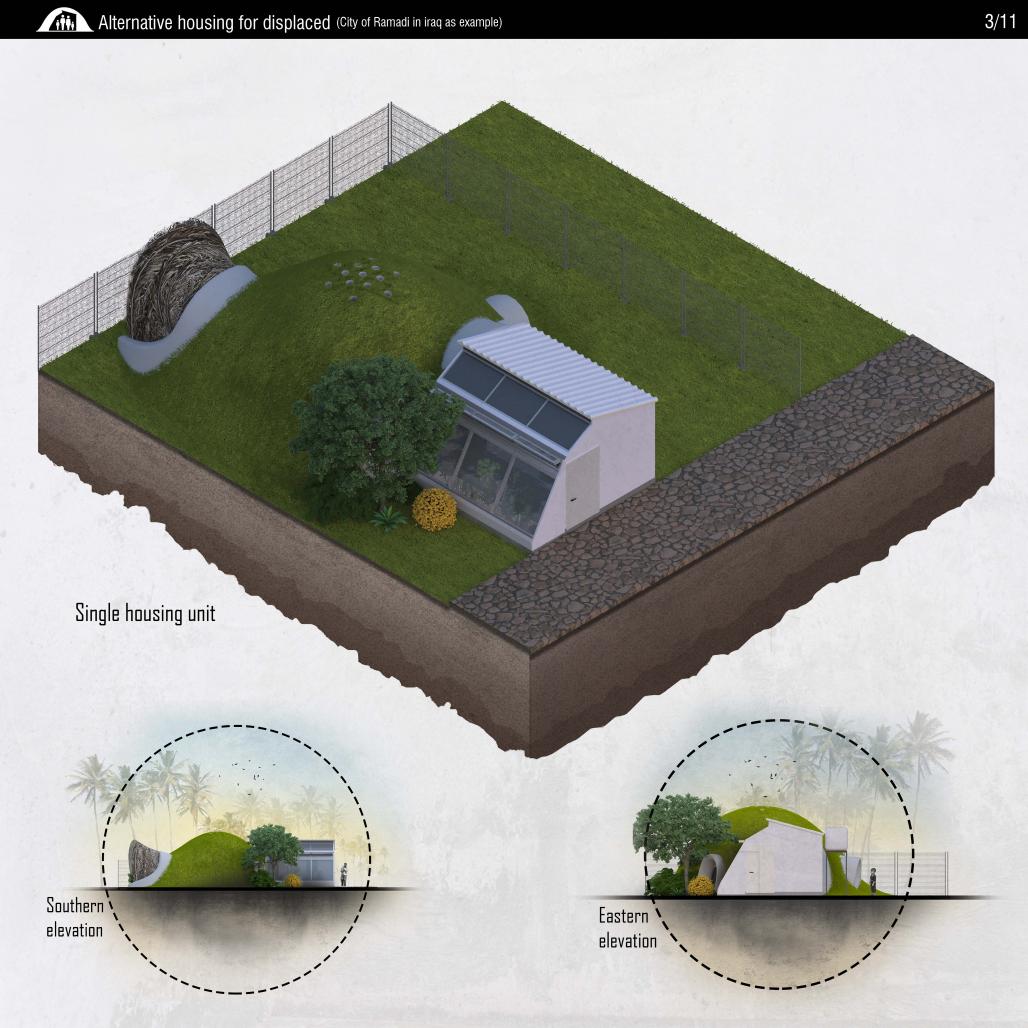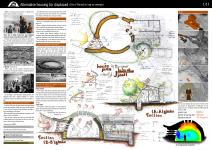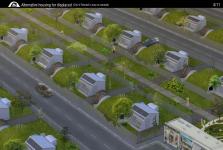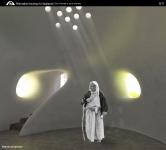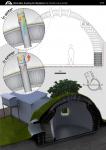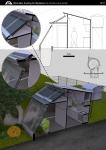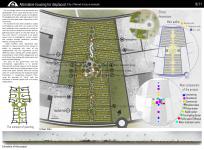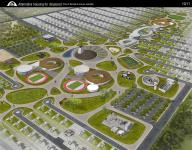Millions of Iraqis have been forced to abandon their homes because conflict and violence.
"More than 3 million Iraqis have been displaced across the country since the start of 2014" UNHCR
Terrified, many fled with just the clothes on their backs. Now, with their limited financial resources exhausted by basic accommodation and food, they are in desperate need of emergency aid.
"One out of every four houses is completely destroyed in Ramadi " alarabiya.net
While camps can be practical, particularly during emergencies, encampment results in a range of problems, including aid dependency and isolation. On cold nights or hot afternoon, Nothing protects the displaced more than a shelter designed in a manner suitable for cruelty, The difference may lead to death or life.
2017
2017
Each residential unit consists of two parts. The first is a prefabricated unit equipped to contain the water services and sewages and it contains kitchen, bathroom and entrance area, simultaneously it is a glass house.
The second part forms the main space of the house, it serves as a living space during the day and as a sleeping space in the evening.
The first part is constructed using sandwichpanel while the second part uses used tires (wastes) filled with soil as a foundation and the walls are sacks of soil (earth bags). The space is roofed with two thin layers of concrete, and a layer of air cavity for insulation is inbetween, interspersed with openings in the ceiling for lighting and ventilation. The soil-walls provides the necessary thermal mass that the building needs to stay cool in summer and warm in winter, and provides passive living ventilations methods that make it a suitable environment for living without excessive use of energy.
These are the main parts of the housing unit. And there is a potential to expand it in the future.
The city design meant to be permanent and developable, and in a way, that focuses on the importance of the public spaces to strengthen the Neighborship links with high respect to the privacy of the private-space importance in this community.
The movement have been studied to isolate the Pedestrian roads from cars roads, so that each residential unit connected to a street on one hand and to a pedestrian corridor and the gathering urban spaces on the other hand, so that each house is connected to all public spaces such as kindergarten, school, market and mosque through pedestrian corridors without crossing the street.
Public facilities were distributed with attention to space hierarchy from private to public, to emphasize the unity of the neighborhood and the importance of the defensive space, starting with private gardens proceeding to small children-playgrounds and small shops then ending with public parks and governmental buildings.
The duty of the government and the international organizations is to provide financial and technical support and to provide materials, labor for the implementation of the streets and public facilities while the housing units are constructed by the displaced people themselves in cooperation between them using the principle of "Faz’a" with the assistance of Ramadi people and civil society organizations.
